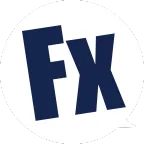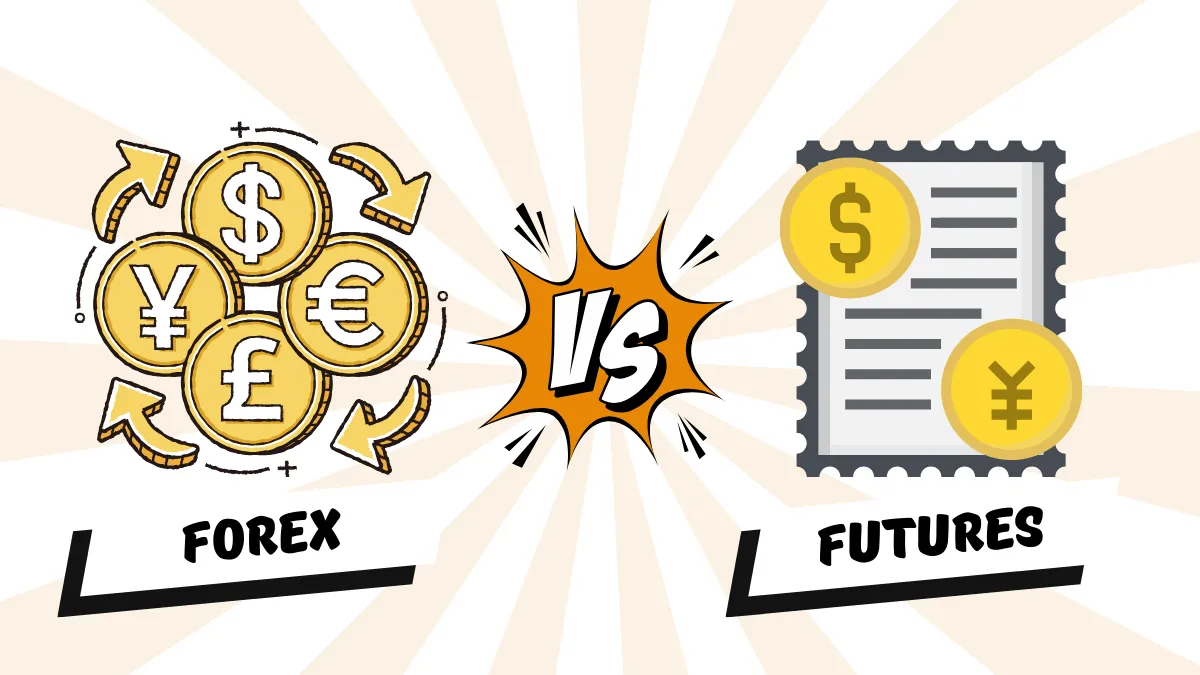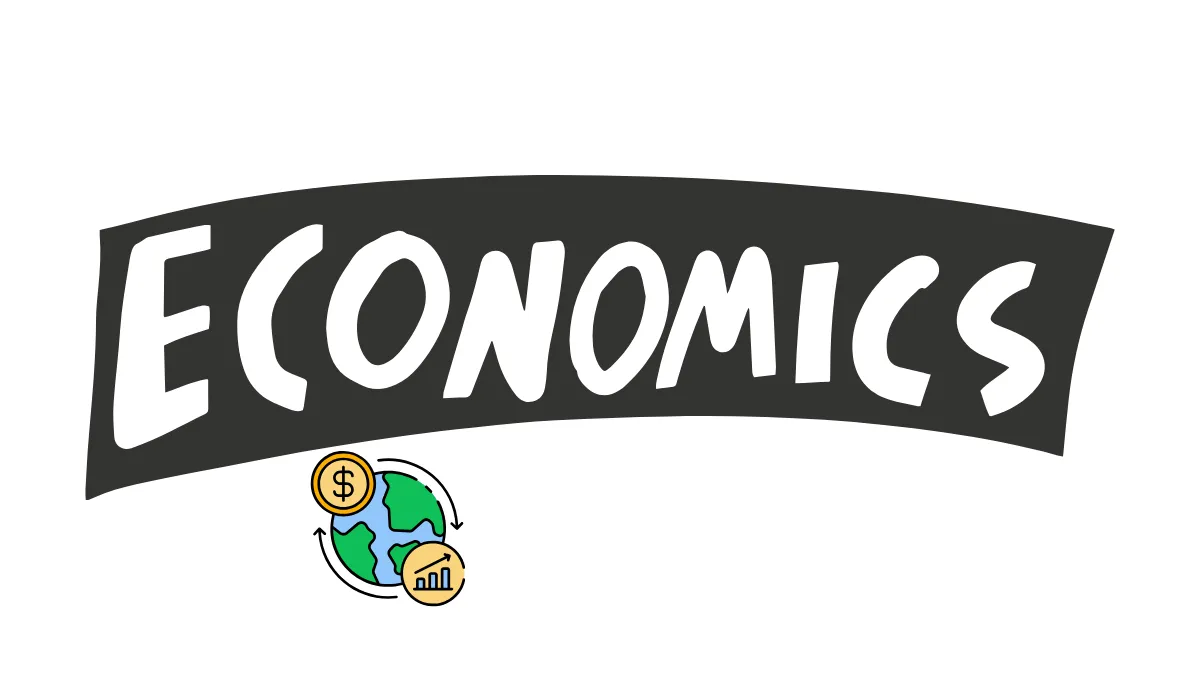Why Choose Forex Trading: Forex vs. Futures
When choosing a financial market, the forex market is often compared to the futures market. Both are popular investment tools that offer leverage and opportunities for two-way trading. However, forex trading demonstrates many advantages in terms of flexibility, liquidity, and trading costs. Here are some key differences between the forex market and the futures market:
1. Flexibility of Trading Hours
The forex market is global and operates almost 24 hours a day, trading continuously from Monday to Friday. This flexibility allows traders to buy and sell at any time based on market conditions, especially in response to sudden economic data or global events. In contrast, the trading hours of the futures market are limited to the operating hours of specific exchanges, such as the opening hours of the Chicago Mercantile Exchange (CME), which may restrict traders' response speed in certain market conditions.
2. Market Size and Liquidity
The forex market is the largest financial market in the world, with an average daily trading volume of up to $7.5 trillion. In comparison, the futures market is smaller, which results in higher liquidity in the forex market, allowing traders to buy and sell more quickly, and the execution prices are usually closer to market quotes. High liquidity also reduces the risk of slippage, especially in large trades, which is a significant advantage for active short-term traders.
3. Two-Way Trading and Leverage Advantages
The forex market allows traders to buy when a currency appreciates or sell when a depreciation is expected, which increases the flexibility of trading. Additionally, the leverage ratios in forex trading are typically higher than in the futures market. Although the futures market also offers leverage, the leverage ratios are often lower, and due to the larger value of each contract, the forex market provides more flexible leverage options for small traders.
4. Lower Trading Costs
The trading costs in the forex market are relatively low, usually with no commissions or only very low commissions, primarily charging fees through the bid-ask spread. In contrast, the trading costs in the futures market include commissions and exchange fees, which can vary depending on the market and broker, making the low-cost structure of the forex market more attractive for high-frequency traders.
5. Flexibility of Contracts
Trades in the futures market are typically based on standardized contracts, each with a fixed expiration date and contract size. For example, futures traders must operate according to the standard contract size and cannot flexibly adjust the trading quantity. In contrast, the forex market allows traders to flexibly adjust their trading positions based on their capital size and risk tolerance without being restricted by contract size.
6. Market Influencing Factors
The forex market is primarily influenced by global macroeconomic factors, such as interest rates, economic data, and political events in various countries. These influences make the forex market more globalized and volatile, while the futures market is more affected by supply and demand, especially in futures trading of commodities, where changes in the supply of instruments like oil and gold have a greater impact on prices. Therefore, the forex market provides more opportunities for investors looking to trade globally based on economic data.
Conclusion
Although the futures market is also a popular trading market, the forex market offers more advantages in terms of liquidity, trading flexibility, leverage options, and trading costs. The forex market is suitable for those seeking round-the-clock trading, low-cost operations, and the ability to flexibly manage trading positions. For investors looking to participate in global market fluctuations and utilize leverage and two-way trading, the forex market is undoubtedly a more attractive choice.
Hi, We are the Mr.Forex Research Team
Trading requires not just the right mindset, but also useful tools and insights.Here, we focus on Global Broker Reviews, Trading System Setup (MT4 / MT5, EA, VPS), and Forex Trading Basics.
We personally teach you to master the "Operating Manual" of financial markets, building a professional trading environment from scratch.
If you want to move from theory to practice:
- Help share this article to let more traders see the truth.
- Read more articles on Broker Tests and Forex Education.





